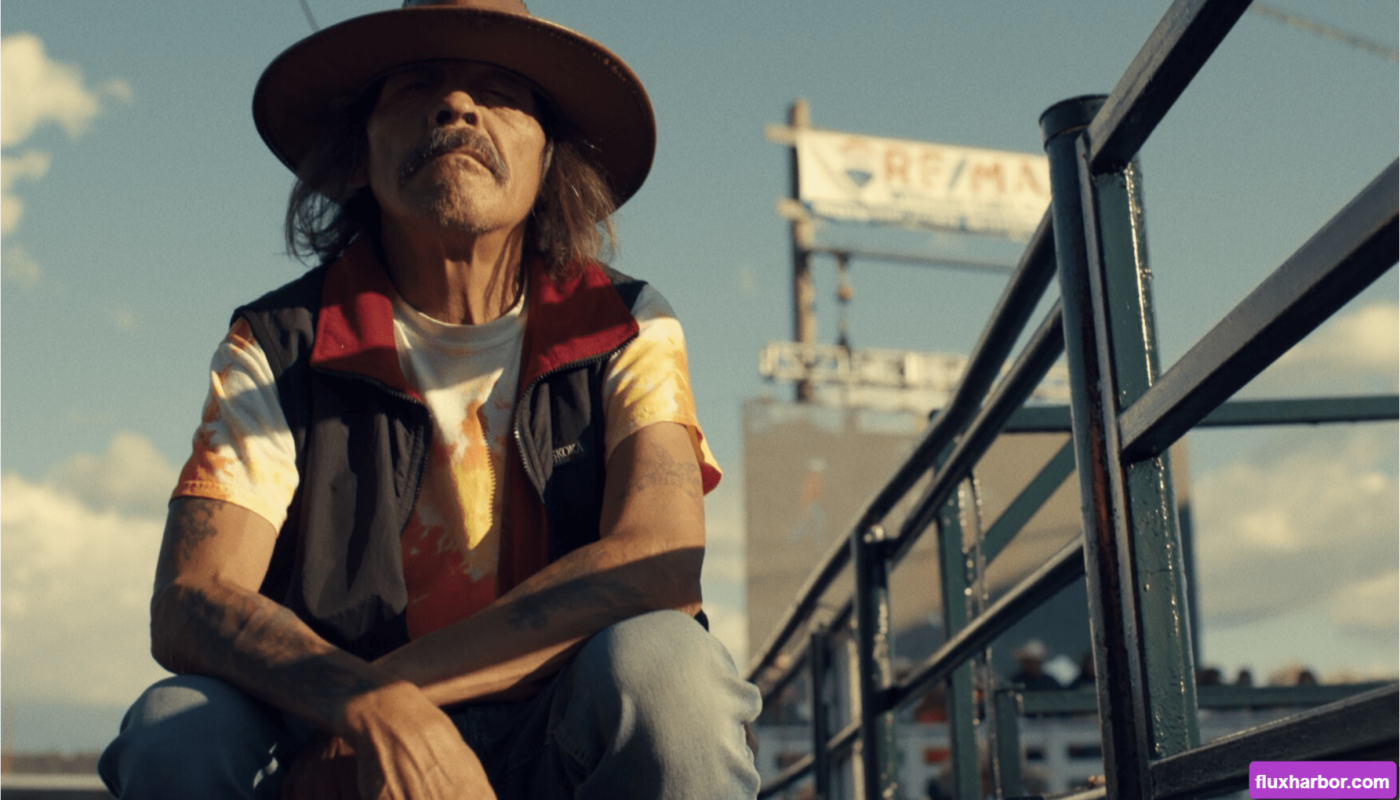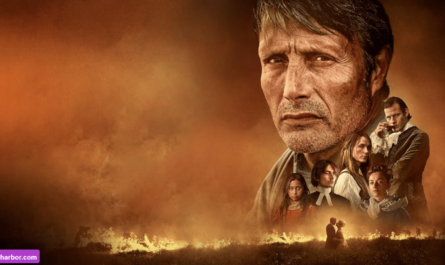In the opening scene of Sugarcane, a radio broadcast details the discovery of numerous unmarked graves at a Residential School in Kamloops in 2021. The report highlights how this revelation “reopened old wounds for Indigenous families torn apart.” However, these wounds were never fully healed to begin with. As more details about these institutions emerge, it becomes evident that Residential Schools represent a dark chapter in Canada’s history, often left unspoken and forcing survivors to confront their trauma alone. With Sugarcane, Julian Brave NoiseCat and Emily Kassie make a compelling effort to bring this conversation to the forefront.
Through powerful visual storytelling and a commitment to confronting harsh realities, NoiseCat and Kassie create a poignant documentary that pays tribute to survivors and examines the enduring effects of generational trauma. Sugarcane is both haunting and beautiful, presenting the stories of Residential School survivors with authenticity and demanding accountability for the hypocrisy that allowed these abuses to persist unchallenged for over a century.
Sugarcane (2024)
R
Documentary
Release Date: August 9, 2024
Director: Julian Brave NoiseCat, Emily Kassie
Cast: Julian Brave NoiseCat
Runtime: 107 Minutes
Main Genre: Documentary
‘Sugarcane’ Investigates the Dark Legacy of Canada’s Residential School System
Sugarcane delves into the investigation of St. Joseph’s Mission School, located near the Williams Lake First Nation community in British Columbia, also known as Sugarcane. The film opens with somber visuals and text, outlining how, in 1894, the Canadian government sought to assimilate Indigenous Peoples. Through survivor testimonies, the film reveals how children were forcibly removed from their homes and sent to Residential Schools, where they were stripped of their identities, subjected to severe punishment, and exposed to sexual abuse by violent priests. The legacy of this system continues to traumatize survivors and their descendants, with many turning to suicide when the weight of their suffering became too great.
In Sugarcane, investigators Charlene Belleau and Whitney Spearing lead the probe into St. Joseph’s Mission, while Chief Willie Sellars confronts hostile emails and interacts with sympathetic politicians, and Chief Rick Gilbert seeks an apology from Pope Francis. Central to the documentary is co-director Julian Brave NoiseCat, who explores his complex relationship with his father, Ed Archie NoiseCat, who was born at St. Joseph’s. The film highlights the theme of accountability as current and former figures associated with Residential Schools evade responsibility for the damage they caused.
‘Sugarcane’ Enhances Its Narrative Through Compelling Cinematography
The cinematography in Sugarcane, crafted by Christopher LaMarca and Emily Kassie, is notably effective. While British Columbia’s landscapes are beautifully showcased, the real impact comes from their use of contrast. Vivid scenes of the Kamloopa Powwow are contrasted with stark images of desolate forests and overflowing graveyards. A lingering shot of a fireplace early in the film subtly foreshadows the revelations of past abuses.
Sugarcane serves as a striking reminder of the unyielding pain experienced by those affected by the Canadian government’s policies. Even moments of joy are interwoven with a thread of sorrow, reflecting the ever-present shadow of past traumas. Nationalistic symbols, such as Tim Horton’s cups and a smiling inflatable tube man, ironically highlight the disconnect between national pride and the reality of stolen land.
The documentary avoids conventional talking-head interviews, instead revealing its narrative organically as the investigation unfolds. We witness survivors’ raw emotions as they share their stories and feel the investigators’ anguish as they uncover details of the abuses. The film allows its subjects to express their pain without distraction, emphasizing the gravity of their experiences. Kassie and NoiseCat’s creative choices enhance the film’s impact, making each element purposeful.
‘Sugarcane’ Celebrates Indigenous Resilience Amidst Tragedy
While Sugarcane does not shy away from depicting the ongoing trauma faced by Indigenous communities due to Residential Schools, it also highlights their resilience and vibrancy. The film captures moments of levity and cultural pride, such as Julian and his father singing in the car, Ed creating beautiful sculptures, and Chief Richard Gilbert playing music. Despite the tragic impact of the Residential Schools, the film portrays the survivors as resilient individuals, celebrating their culture and strength.
‘Sugarcane’ Is Essential Viewing for All Canadians
Sugarcane challenges the notion of history as a mere lesson not to be repeated, instead demonstrating its persistent impact across generations. As Canada moves towards reconciliation, this documentary is crucial viewing. It provides an opportunity to listen to Indigenous voices and acknowledge the ongoing work needed, as shown by the insufficient responses from political and religious leaders. Sugarcane underscores that while efforts towards reconciliation are underway, they fall short of addressing the deep-rooted issues and ensuring justice for the past.



